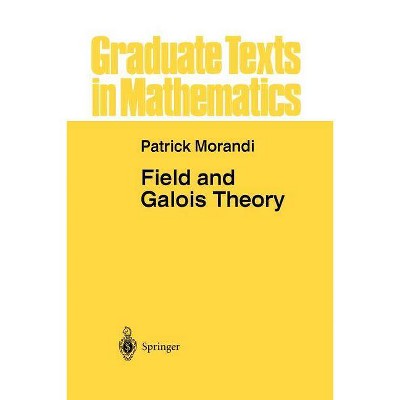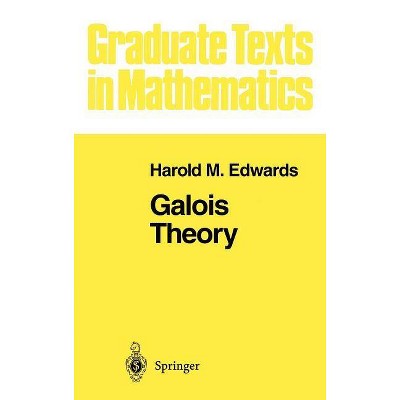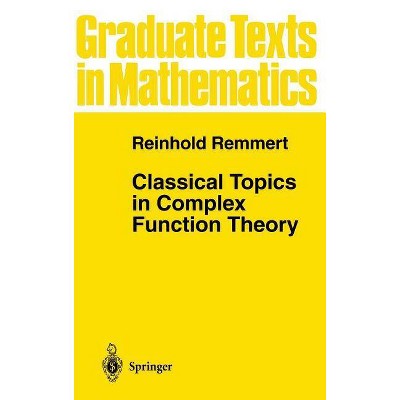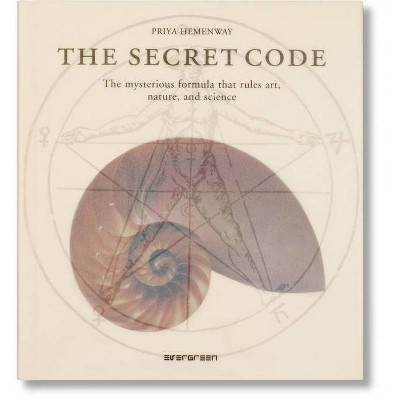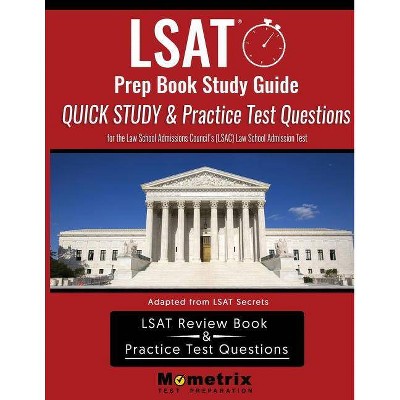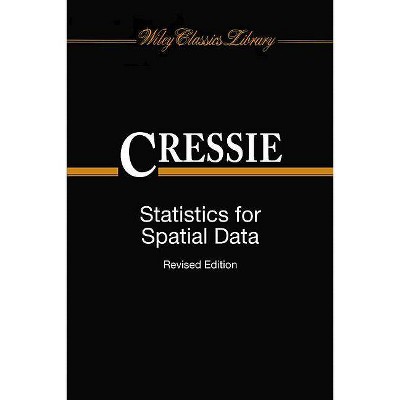Field and Galois Theory - (Graduate Texts in Mathematics) by Patrick Morandi (Hardcover)

Similar Products
Products of same category from the store
AllProduct info
<p/><br></br><p><b> Book Synopsis </b></p></br></br>In the fall of 1990, I taught Math 581 at New Mexico State University for the first time. This course on field theory is the first semester of the year-long graduate algebra course here at NMSU. In the back of my mind, I thought it would be nice someday to write a book on field theory, one of my favorite mathematical subjects, and I wrote a crude form of lecture notes that semester. Those notes sat undisturbed for three years until late in 1993 when I finally made the decision to turn the notes into a book. The notes were greatly expanded and rewritten, and they were in a form sufficient to be used as the text for Math 581 when I taught it again in the fall of 1994. Part of my desire to write a textbook was due to the nonstandard format of our graduate algebra sequence. The first semester of our sequence is field theory. Our graduate students generally pick up group and ring theory in a senior-level course prior to taking field theory. Since we start with field theory, we would have to jump into the middle of most graduate algebra textbooks. This can make reading the text difficult by not knowing what the author did before the field theory chapters. Therefore, a book devoted to field theory is desirable for us as a text. While there are a number of field theory books around, most of these were less complete than I wanted.<p/><br></br><p><b> From the Back Cover </b></p></br></br>This book deals with classical Galois theory, of both finite and infinite extensions, and with transcendental extensions, focusing on finitely generated extensions and connections with algebraic geometry. The purpose of the book is twofold. First, it is written to be a textbook for a graduate-level course on Galois theory or field theory. Second, it is designed to be a reference for researchers who need to know field theory. The book is written at the level of students who have familiarity with the basic concepts of a group, ring and vector space theory (including the Sylow theorems), factorization in polynomial rings, and theorems about bases of vector spaces. Readers who do not have the proper background can consult the appendices on ring theory, set theory, group theory, and vector spaces; these appendices provide the background necessary to understand the book. This book features a large number of examples and exercises, covers a large number of topics, and in most cases provides complete proofs for the stated results. To help readers grasp field theory, many concepts are placed in the context of their relationships with other areas of mathematics.
Price History
Price Archive shows prices from various stores, lets you see history and find the cheapest. There is no actual sale on the website. For all support, inquiry and suggestion messages communication@pricearchive.us
